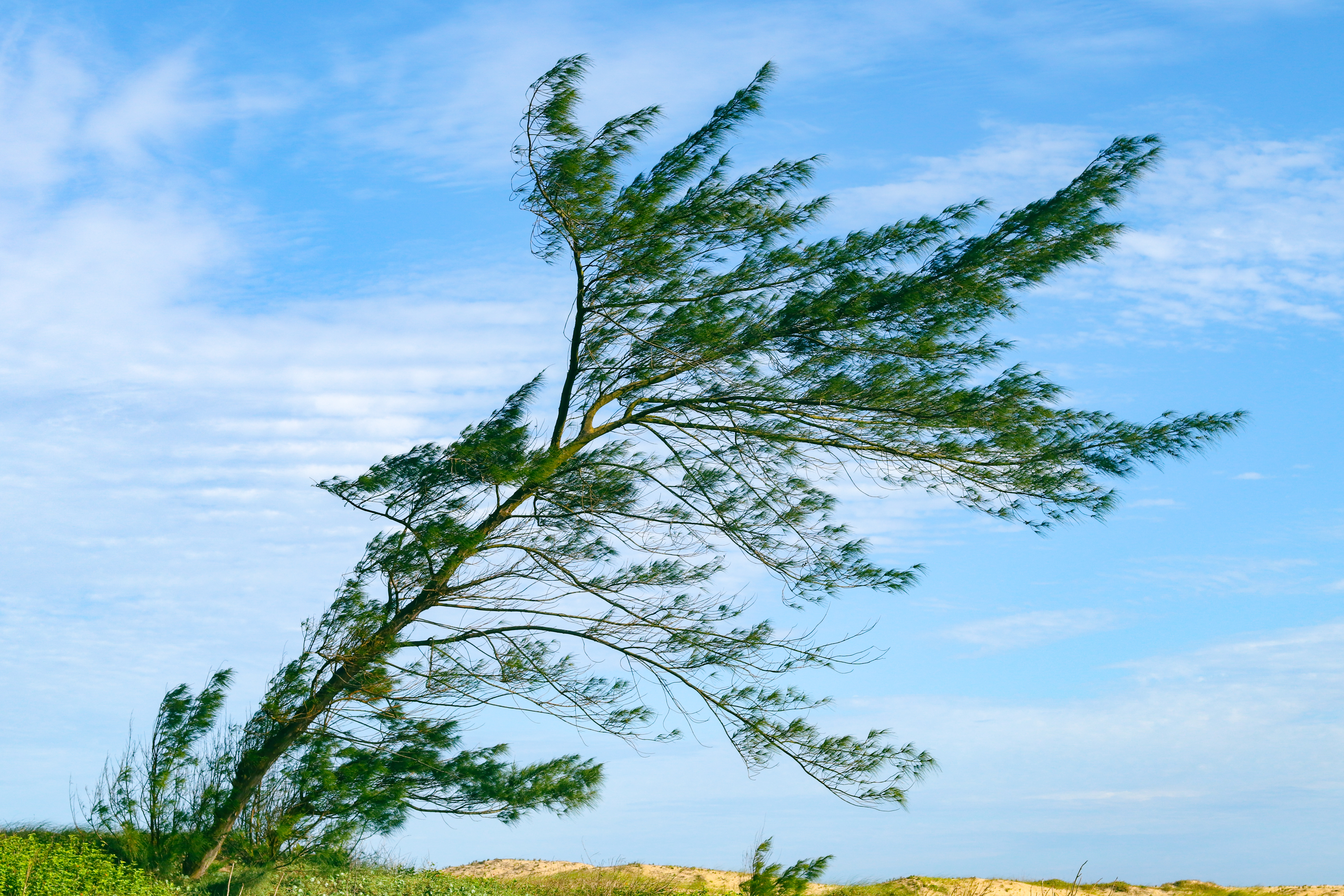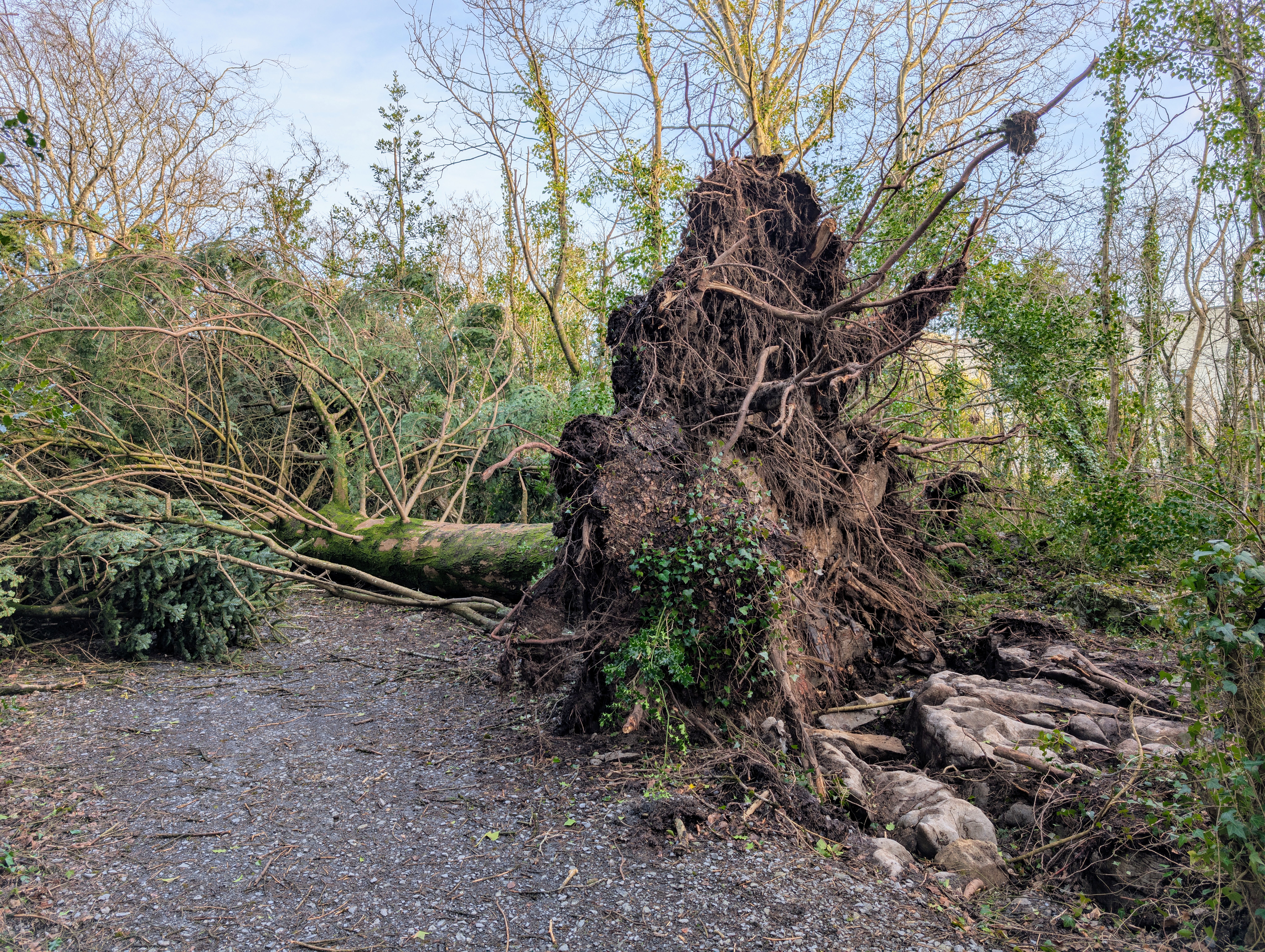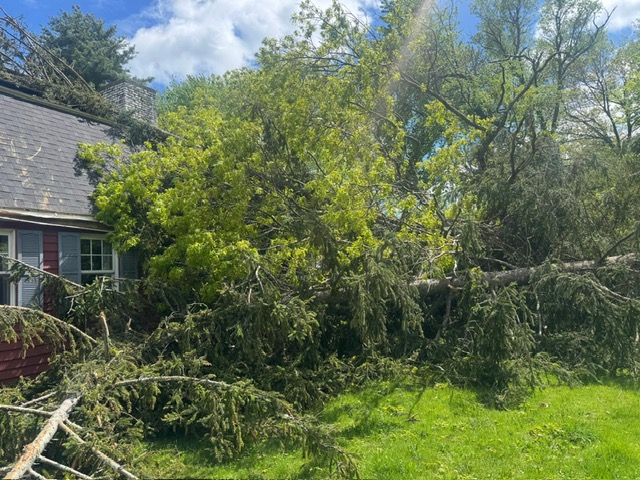Tips for Preventing Tree Damage in High-Wind Areas
By Tree Emergency Expert
Tree Emergency Expert

Whether you’re a homeowner, landscaper, or property manager, understanding how to protect trees from wind damage is crucial. It’s not just about aesthetics but safety, longevity, and cost savings.
High winds take a toll on properties across the country every year, causing an estimated $17 billion in damage. Trees, while beautiful and valuable, are often among the first casualties. A single falling branch can destroy a car, damage a roof, or worse, put lives at risk. But here’s the thing—most of this damage is preventable. With the right strategies, you can safeguard your trees and your property.
Whether you’re a homeowner, landscaper, or property manager, understanding how to protect trees from wind damage is crucial. It’s not just about aesthetics but safety, longevity, and cost savings. This guide will cover practical tips and expert insights to help your trees weather even the strongest storms. Let’s dig in!
1. Choose Wind-Resistant Trees
Trees vary greatly in their ability to withstand strong winds. Some species, like live oaks and crape myrtles, are naturally better at withstanding strong winds. Others, like willows and Bradford pears, are prone to snapping or uprooting.
Actionable Tip: If you’re planting new trees, opt for wind-resistant species native to your area. Local trees are naturally suited to the local climate and often develop stronger, more resilient root systems. Research or consult with a local arborist to choose the best species for your region.
2. Plant Trees Strategically
Where you plant a tree can be just as important as what you plant. Trees in open, exposed areas are more vulnerable to wind damage than those with some natural windbreaks.
Actionable Tip: Position trees near buildings, fences, or other structures that can act as windbreaks. Avoid planting too close to power lines, as high winds can bring branches into contact with them, causing outages or fires.
3. Prune for Strength
Proper pruning isn’t just about keeping a tree looking good. It’s essential for its structural integrity. Overgrown or poorly pruned trees are more likely to lose branches in high winds.
Actionable Tip: Focus on removing dead, diseased, or weak branches. Maintain a well-balanced canopy to reduce wind resistance. For young trees, practice structural pruning to encourage a strong, central leader and well-spaced branches.
4. Maintain Healthy Root Systems
A tree’s stability starts underground. Damaged or shallow root systems make trees more susceptible to uprooting during storms.
Actionable Tip: Avoid compacting soil around the base of your trees. Ensure proper watering, mulching, and fertilization to keep roots healthy and robust. If you’re unsure about a tree’s root health, hire a professional to inspect it.
Share this article:
Related Articles

Tree Damage and Insurance Claims: What Homeowners in the U.S. Should Know After a Storm
Not all tree damage is treated the same by your homeowners insurance. In most cases, you’re covered if a fallen tree damages your house, fence, or garage — but there are exceptions. For example, you’re usually protected if a storm knocks a tree onto your roof or if a neighbor’s tree falls onto your property. However, if a dead or neglected tree comes down without hitting anything, or blocks only your yard, your policy may not cover the removal costs.

Nor’easter 2025: What CT, NJ & NY Homeowners Should Know (And How to Protect Your Trees)
This upcoming nor’easter isn’t just targeting Connecticut — it’s also expected to hit New Jersey and New York with strong winds, heavy rain, and coastal flooding. Trees near the coast or in vulnerable spots will face risks. Get your property prepared now to avoid damage.
Need Emergency Tree Service?
Our team of certified arborists is available 24/7 to handle any tree emergency.
